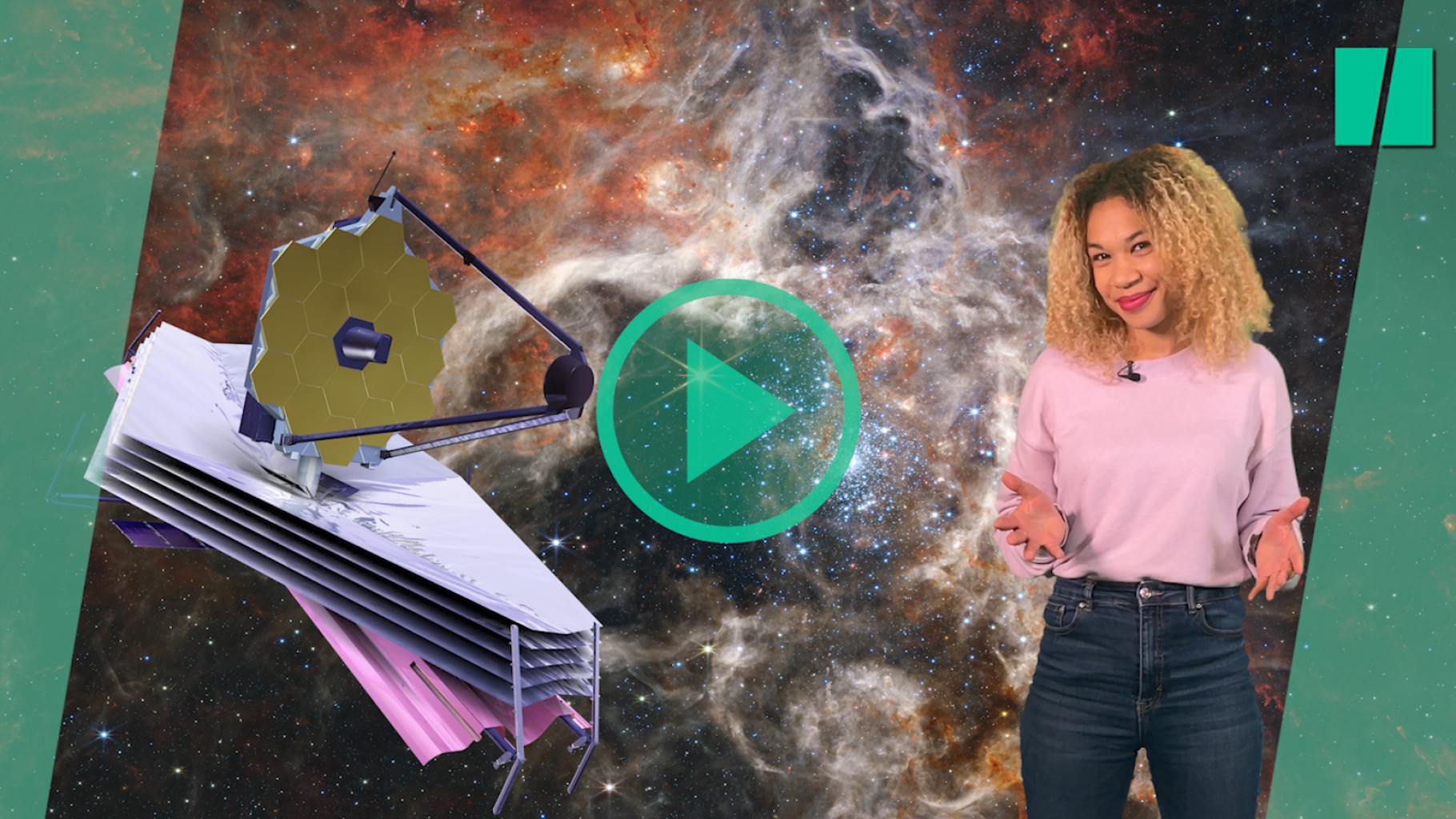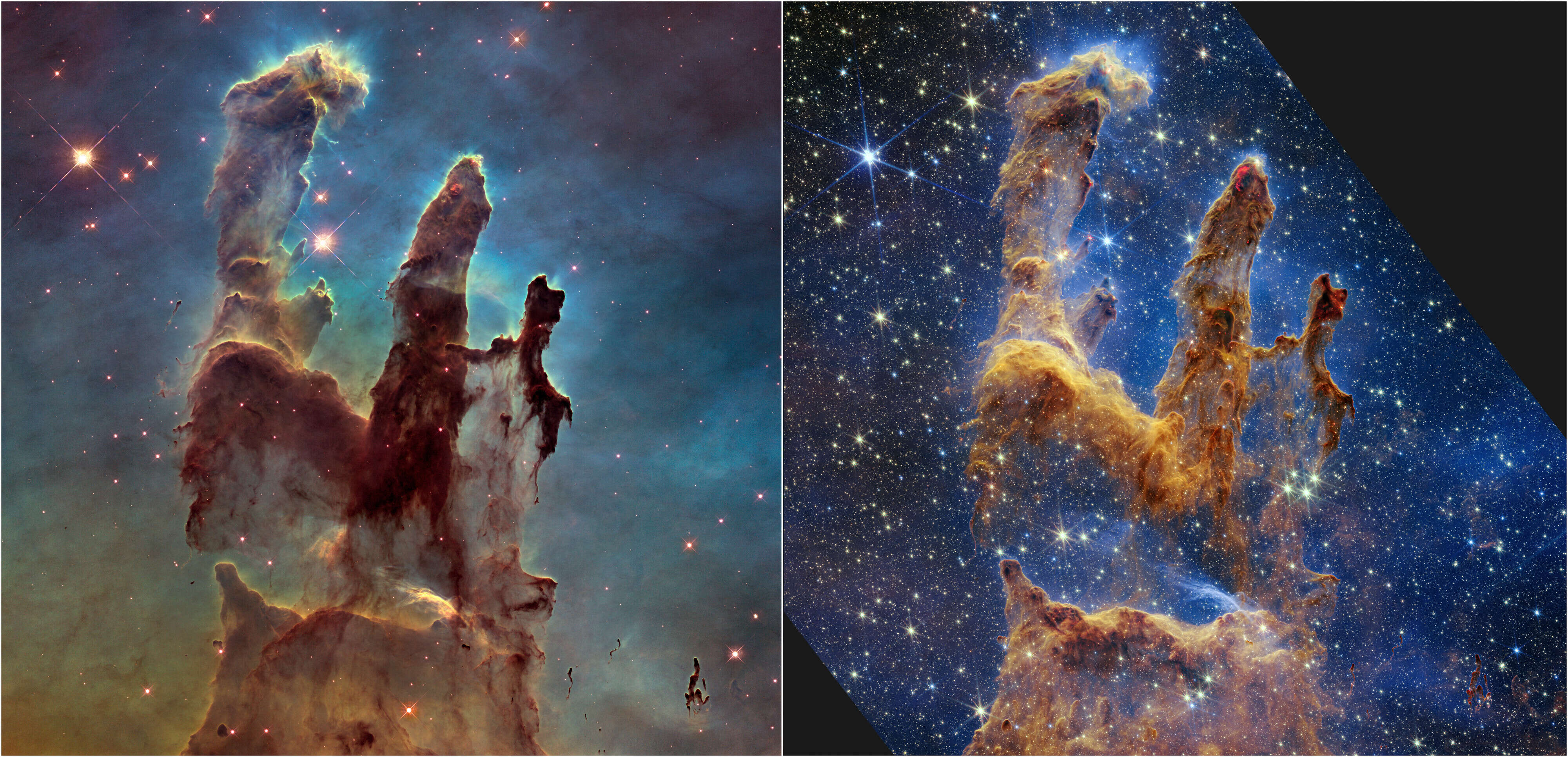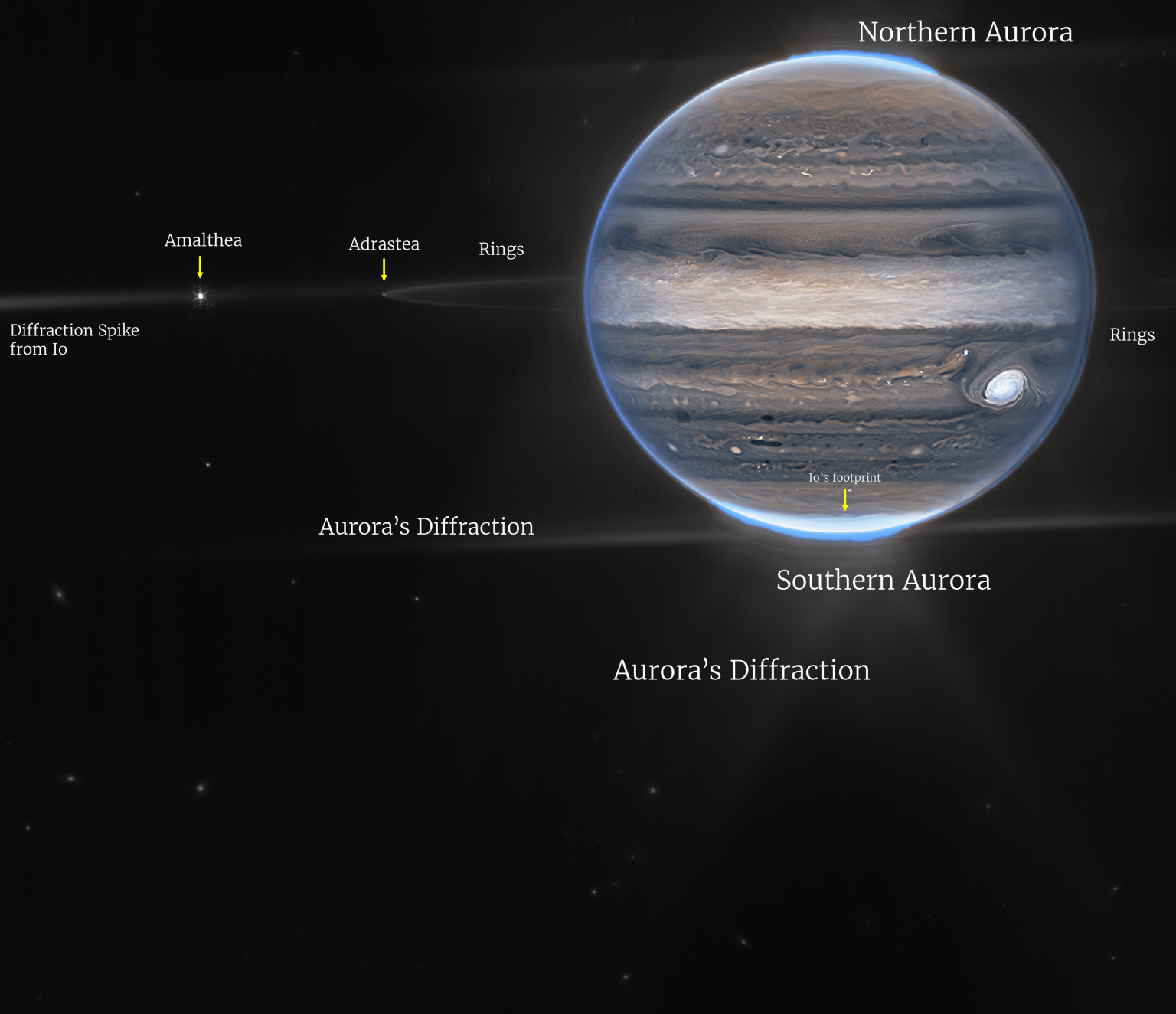
The best photos of James Webb, who dazzled us in 2022
SPACE – with its images taken millions of light-years away and with amazing resolution, James Webb Telescope It will have largely fulfilled the expectations of astronomers in this year 2022, As you can see in the video above. Back to the space adventure that provided us with a fascinating spectacle throughout the year.
The adventure begins a few days before entering the year 2022. It is December 25, 2021 when the James Webb Telescope is sent into space. It is the culmination of more than 30 years of work for NASAthe European Space Agency (ESA) and the Canadian Space Agency (CSA).
This is the telescope that will replace Hubble, two main tasks. One: Observe the first stars and galaxies, those that formed shortly after the Big Bang, about 13.5 billion years ago. The second: the study of the outer planets, those planets that do not revolve around the sun, but around another star.
While James Webb was originally scheduled to be released in 2007, a series of development issues delayed its release and blew its budget. This has gone from $500 million to over $10 billion.
After successful liftoff, it will take James Webb nearly a month to reach L2’s Lagrange point, located 1.5 million kilometers from Earth, where it deployed. It will take several months to fine-tune the instruments that make up the telescope, but the first tests appear to be decisive, with the first images being of much higher resolution quality than Hubble’s.
Pictures that exceed expectations
On July 12, 2022, the President of the United States, Joe Biden, unveils James Webb’s first scientific photo. We see a small piece of our sky with incredible clarity, showing distant galaxies 13 billion light-years away.

Space Telescope Science Institute/NASA, ESA, Canadian Space Agency, and STScI
The first image was taken by the James Webb Space Telescope
An achievement made possible by instruments capable of working in infrared, that is, in electromagnetic radiation that is impossible to see with the naked eye. According to NASA, it is “The deepest and clearest infrared image of the distant universe ever taken so far”. The objects detected in this image should allow astrophysicists to better understand how the first galaxies formed.
tomorrow, NASA reveals three new imagesEach one more amazing than the other. We discovered Stephan’s Quintet, a group of five galaxies that are very close and interacting with each other.
The second image revealed is the Southern Ring Nebula. This is available in two versions: one imaged by the NIRCam infrared camera operating in near infrared, and the other by the MIRI spectral imager operating in mid-infrared. There is a giant cloud of gas and dust emanating from a dying star.
The last image revealed is the Carina Nebula. This gorgeous image taken from 7,600 light-years from Earth depicts star formation.
Planets you’ve never seen before
Many images have been revealed since then, such as the Cartwheel Galaxy, the Tarantula Nebula, or the Ghost Galaxy. But there was one image in particular that was expected, and that was a photo ” pillars of creation ». It was first captured by Hubble in 1995, before being revisited in 2014.
James Webb is more detailed, examining massive structures of gas and dust that are full of forming stars and only a few hundred thousand years old.

Space Telescope Science Institute/NASA, European Space Agency, Canadian Space Agency, and STScI; J de Pasq
The NASA/ESA Hubble Space Telescope (Pillars of Creation) made it famous with its first image in 1995, but revisited the view in 2014 to reveal a sharper, wider view in visible light, pictured above left.
But James Webb doesn’t just photograph galaxies and stars. It also allowed us to obtain images of the planets in our solar system, with a resolution never seen before. And so the telescope revealed to us pictures of Jupiter Stunningly beautiful. In one snapshot, we can particularly distinguish Jupiter’s rings as well as two Jovian moons called Amalthea and Adrastea.

NASA
The James Webb Telescope has captured new images of Jupiter.
James Webb also provided us with a photo of Neptune, the most distant planet in the solar system, this planet is incredibly visible. In previous images taken by the Voyager 2 probe and the Hubble telescope, Neptune appeared blue due to the presence of methane in its atmosphere. But thanks to NIRCam, James Webb’s infrared camera, the planet takes on a white hue, sometimes as gray as frost. We also distinguish its rings and seven of the fourteen known moons of the planet.
Outside our solar system, James Webb was able to provide images of exoplanet, the first to be acquired in the mid-infrared. And this is only the beginning, because the James Webb is the most powerful space telescope ever deployed. So he promises to continue to amaze us in 2023.
See also on Huffpost :

“Incurable web evangelist. Hipster-friendly gamer. Award-winning entrepreneur. Falls down a lot.”
